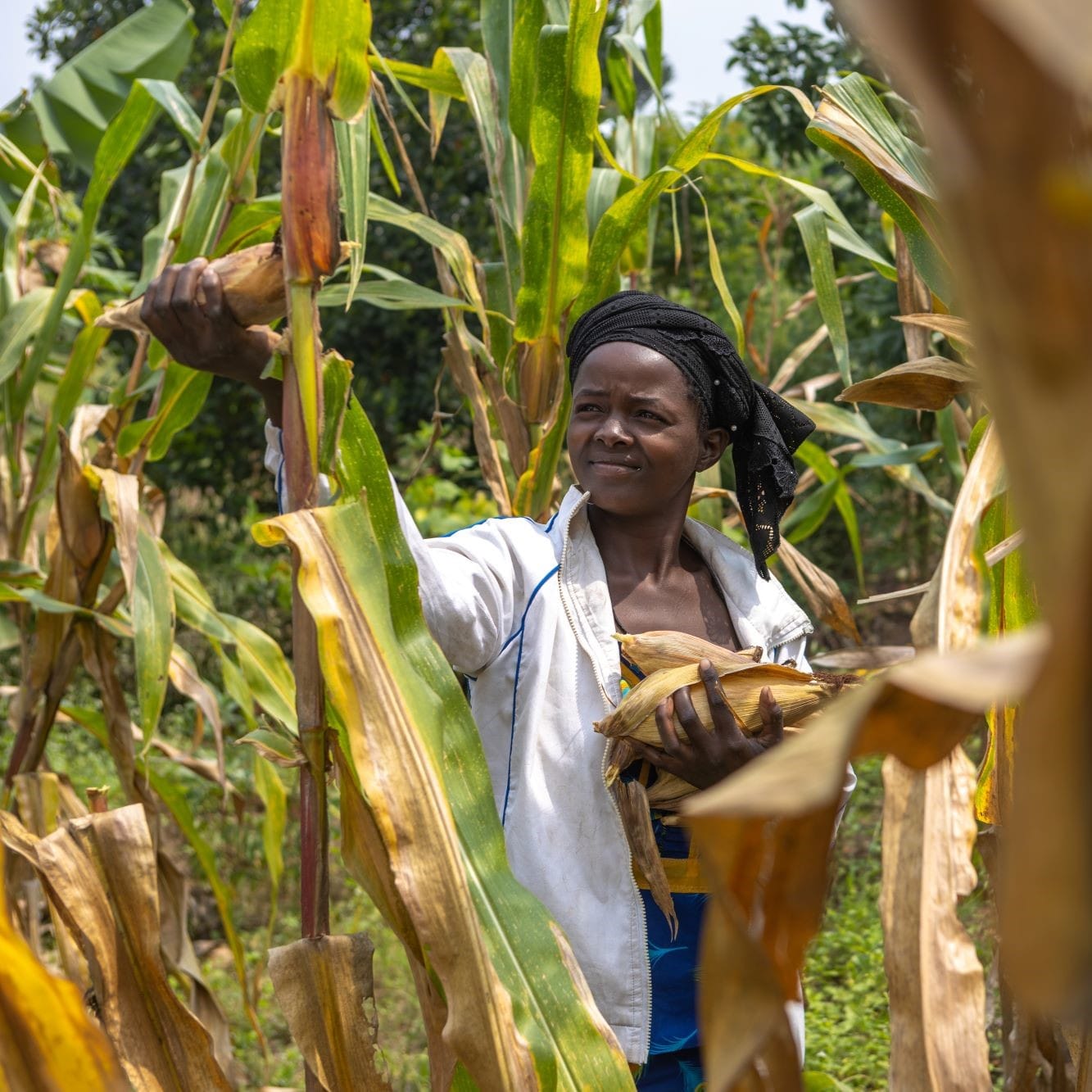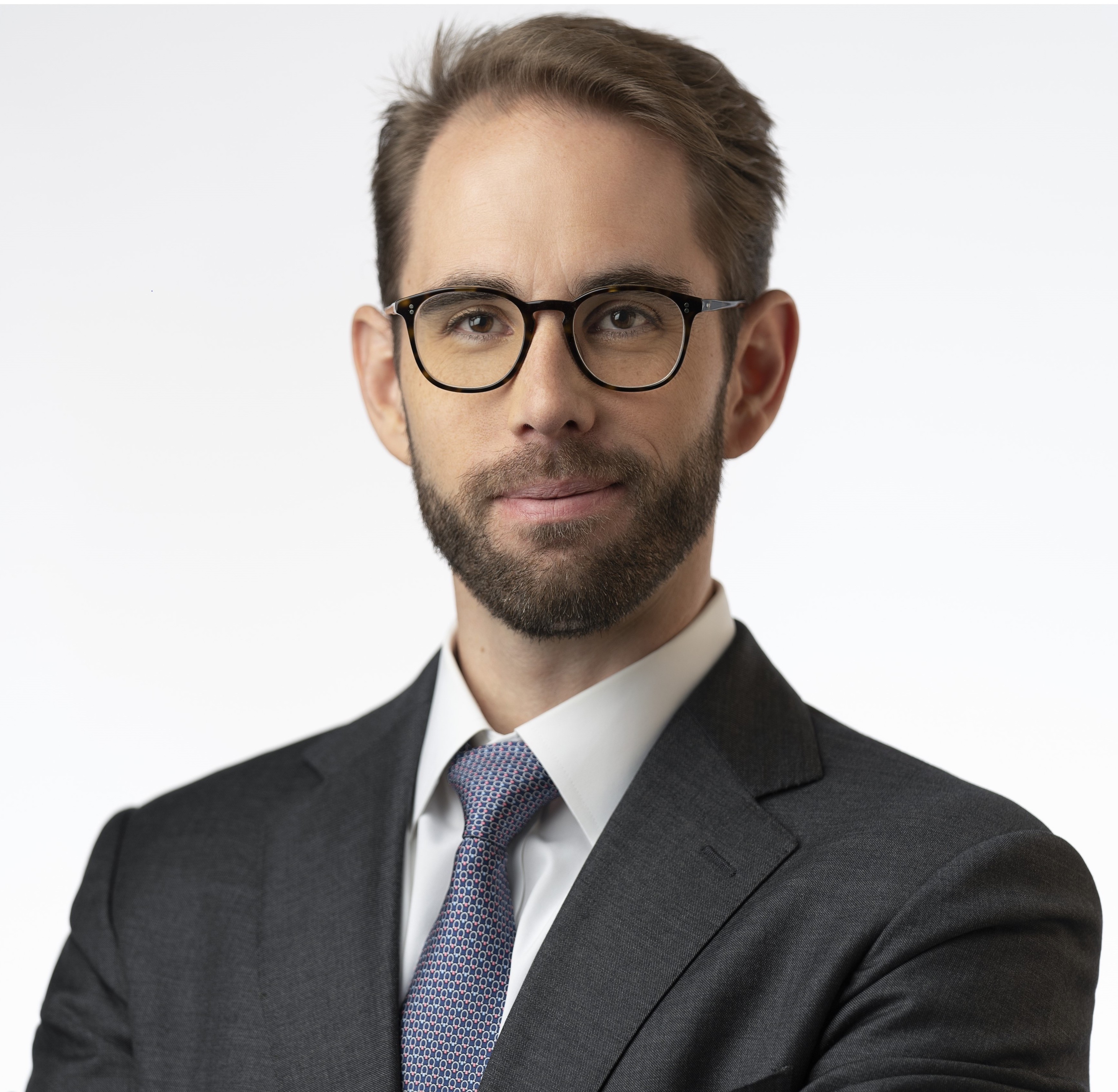In January 2013, DAI launched a new corporate structure designed to optimize the firm’s deployment of technical and operational expertise across the world. The restructured organization includes a new Solutions team, led by Jim Packard Winkler and staffed by 40 of the firm’s leading technical specialists. A former Chief of Party for U.S. Agency for International Development (USAID) projects based in Bangkok, Hanoi, Jerusalem, and Zagreb, Jim was tapped to lead Solutions following five years at the helm of the USAID/Vietnam Competitiveness Initiative. Developments asked Jim to discuss the thinking behind Solutions and the lessons learned in its first year or so of work.
Why was Solutions created?
Solutions’ mandate is to work across the entire DAI global organization and its diverse geographies—to share our best thinking both internally and with the industry. With the addition of HTSPE to the DAI team, we now work in more than 100 countries so we needed a unit able to work across all clients and geographies, to capture and bring forward our best thinking in the projects we deliver.

What is new about the structure?
Previously, our technical teams were organized to manage the day-to-day operations of projects, lead technical assistance under these projects, and undertake business development activities to build DAI’s portfolio. So we created another unit, called Delivery, to lead project management and business development by geographic region. This enables us to stay close to our clients and counterparts in particular locales. Solutions, meanwhile, is a pooled resource that undertakes technical assignments in support of existing and future projects across regions and across clients—U.S. Government clients such as USAID, European clients such as the U.K. Department for International Development (DFID) and the European Commission, and private sector partners such as Chevron, Walmart, and Rio Tinto.
How is Solutions organized?
We have three sector teams—Economic Growth, Environment and Health, and Governance—each with a managing director who leads the team and oversees technical capabilities. Since our experience shows that development problems are multifaceted and need to be addressed in an integrated manner, the work of these teams is highly connected and dynamic, with flexibility built into the overall Solutions structure.
Does the Solutions concept lend itself to integrated services?
Yes, by design. Our clients are increasingly responding to market challenges that are not easily put into a box or reduced to one topic. For example, our Urban Services practice is based in Environment and Health, but an urban issue such as access to clean water will present challenges and opportunities in municipal governance, access to finance, job creation—all within the context of building greener, safer cities. Solutions mobilizes people and ideas from the entire organization to solve problems that are not and should not be stove-piped.
What other advantages have you found in the Solutions setup?
Our new structure allows for greater learning across regions and clients. For example, the work we are doing on DFID’s Making Markets Work for the Poor programs is informing our USAID Feed the Future program implementation, and vice versa. Implementing programs for these clients and others requires that we continue to learn and innovate across our projects and clients. We are a better organization because of our engagements with diverse clients who have different approaches to development.
Does that extend to private sector clients?
Many of our corporate clients are in the extractives industry, and donors such as USAID are increasingly partnering with these same companies because they have a profound influence on economic growth, in addition to environmental and social impacts. In Tanzania, for example, the World Bank and a consortium of three oil companies have hired DAI to analyze supply chain development possibilities. This one private investment has a potential economic value of $30 to $40 billion in goods and services in the oil and gas sector, with complementary supply chains that provide health, food, janitorial, and transport services. There are opportunities to build out these supply chains for broad-based economic growth, but also real challenges in how you make sure that growth is smart, sustainable, and healthy. We see it as a tripartite relationship between donors, government, and the private sector, and our role is to catalyze that interaction in a way that helps them achieve truly inclusive growth.
How does Solutions help DAI tackle the mandate from USAID and others to widen its aperture and be innovative?
Solutions was founded to concentrate, consolidate, and accelerate the creative process at DAI, so we could put effective approaches and services at the disposal of our clients. To do that, we need to be innovative in the ways we work. Take USAID’s Grand Challenges program, for example, which has been testing and piloting how to “crowd” nontraditional actors and novel ideas into the development space. DAI is USAID’s implementing partner on that program, and Solutions is now applying similar principles at DAI, including new ways to solicit and “socialize” innovations from our project teams. Our staff also does a lot of teaching—at Columbia, Georgetown, and the Johns Hopkins Schools of Advanced International Studies, among others—and we are bringing that back home in a technical training program for staff. There’s a proud tradition at DAI of learning, training, and sharing knowledge and that’s something we’re only going to emphasize more in Solutions.
What are the challenges and lessons learned for Solutions?
Every large, globally dispersed organization struggles to get the right balance between centralization and decentralization, and we are no different. Just within Solutions, we have had three or four iterations of refinement in the organization, mostly around ways to get better cohesion across our global practices and also to rationalize how people’s time is used. So we’re a work in progress. But these refinements are paying off and Solutions is beginning to realize its promise as a global resource for DAI and our clients. The proof of that will continue to be the quality of our technical work in the field.





